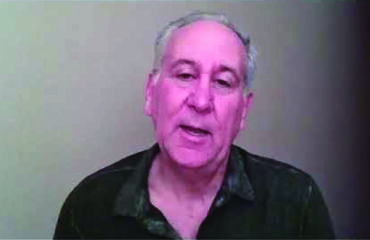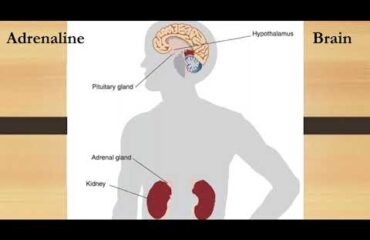COPYRIGHT 2021 Quiet Mind Productions LLC
Fear of Vomiting: Emetophobia, The Little Known But Disabling Fear
If you have a fear of vomiting, just reading the title of this article might make you a bit queasy. The mere mention of the V word, (not to mention the P word or B word) can send emetophobics into a state of anxiety. If you can relate, I encourage you to press on despite your worry, so you can take the first steps to overcoming this phobia.
Virtually everyone thinks vomiting is disgusting but most people are not afraid of it. If you suffer with emetophobia, however, you are not only repulsed by the idea of vomiting, you fear it. Despite this fear, many report that the anticipation of vomiting is often worse than the act itself.
How Did I Get This Way?
Vomit phobia can develop spontaneously or following a traumatic vomiting experience. Once it starts, the fear can escalate. Step by step, places and things you associate with vomiting are avoided, you become increasingly more hypervigilant and the fear soon dominates your every day life. The more the avoidance, the greater the fear becomes. Dietary habits become strict and anything unfamiliar or has the slightest possibility of causing sickness, results in compulsive checking and avoidance.
People who suffer with emetophobia, can often experience significant social and occupational impairment. Like an elevator phobic who walks up 10 flights of stairs, emetophobics can go to great lengths to make sure they don’t vomit. This means missing out on much of life, a great deal of worrying and strategic planning, all to avoid an uncomfortable experience that seldom happens (just like getting trapped in an elevator). It’s the uncertainty of not knowing when it will happen that causes so much distress.
And because you don’t know when it will happen, you are constantly
on guard, rearranging your life, to ward off any possibility of puking.
What Causes Nausea?
Stomach discomfort and nausea can be caused by motion sickness, a stomach bug, food poisoning, excessive eating or drinking, food intolerance and….. anxiety!
That’s right. Anxiety and worry can cause stomach discomfort and nausea!
This means if you worry about the possibility of barfing and are hypervigilant to prevent it, you can cause the very symptoms you desperately don’t want. Worrying about getting sick doesn’t prevent vomiting, it only makes you nauseous. And when you start to feel nauseous, that’s when the worry and anxiety really kicks into gear, which of course intensifies your nausea. It’s a vicious cycle. Worries about vomiting can trigger nausea, and nausea and stomach discomfort can trigger worries about vomiting.
Anxiety has a way of fooling emetophobics into believing that they are going to vomit when they feel nauseous. They believe it, even when it has never happened. The good news is:
If you do not vomit when you’re anxious… you won’t!
Rather than worrying if you’re going to puke, make peace with uncertainty, live your life to the fullest and accept the discomfort of the rare barfing experience. How do you do this?
That’s were treatment comes in.
Treatment of emetophobia is best accomplished through Cognitive Behavioral Therapy and Exposure Therapy. Treatment involves correcting faulty beliefs, reducing avoidance, and confronting challenging situations in a step-by-step manner. Patients are given tools, a new perspective, a winning mind-set and a strategy for facing their fears. Motivation for ending the suffering is important because the therapy does take time, hard work and courage. You must have self-discipline and determination to win. And if you do… you can beat emetophobia! For specific tools, strategies, guidance and a step-by-step approach, read my book, The Emetophobia Manual, available on Amazon.



